

Mow Cop is a village on the Cheshire–Staffordshire border.
Location of the Revival
Mow Cop is a village on the Cheshire–Staffordshire border. It was at the hill overlooking this village that the Mow Cop Revival took place. A prominent landmark at this location is the folly known as Mow Cop Castle. It was here that on May 31, 1807, the Mow Cop Revival took place, setting in motion the establishment of Primitive Methodists, a breakaway from the Wesleyan Methodist Church in England.
Conditions in the Wesleyan Methodist Church Prior to the Revival
The Wesleyan Methodist Church was experiencing significant mission drift, away from the foundation that was laid by their founder, John Wesley. Wesley died in 1791, and within a few years following his passing, that denomination grew increasingly rigid and formalized.
The hierarchy of the Methodist denomination had a number of things they refused to bend on, and most of them centered on lay ministry innovation in evangelism. Here are a few of the things the hierarchy was restricting:
- The manifestation of the Holy Spirit’s power with the emotional response it produced, as it cut into the prestigious image the professional clergy wanted to project.
- Lay ministers ministering in homes, barns, coal pits, open fields, abandoned warehouses, markets, and city squares, etc., as those were locations the professional clergy could not control.
- Singing songs not found in the Methodist hymnal, or printing books or pamphlets that did not first get approval.
- The younger ministers who wanted to carry on with Wesley’s methods of proclaiming Christ wherever people were found was being “outlawed,” and the poor people in cities, as well as those in rural areas, were being neglected by the established ministry.
Main Characters
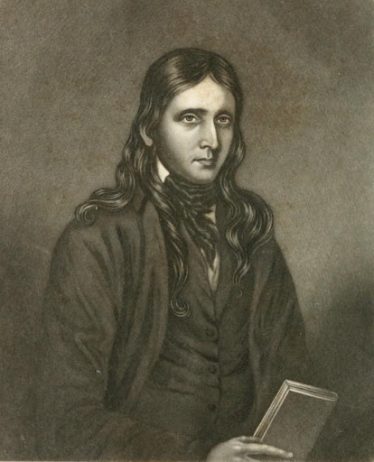
Lorenzo Dow
Lorenzo Dow (1777-1834)
Lorenzo Dow, an American evangelist, made trips to England in 1799, 1805, and 1818. During his second visit, when he was 28 years old, he told of the camp meetings that were winning tens of thousands to Christ in America. As Dow was sharing the amazing accounts, the Methodist pastor, Hugh Bourne, and others were listening intently.
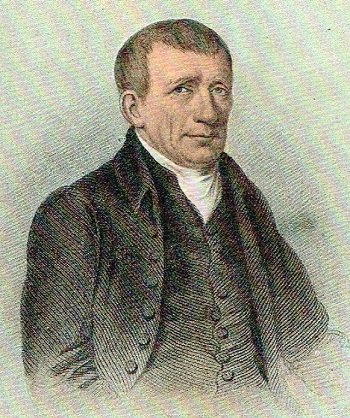
Hugh Bourne
Hugh Bourne (1772-1852)
Hugh Bourne, along with other like-minded Methodist preachers, had been greatly impressed by Lorenzo Dow’s reports of the open-air camp meetings that had been taking place in America. Taking Dow’s pamphlets and information, Bourne and others set in motion a movement which involved camp meetings being held throughout England. The first one was on May 31, 1807, at Mow Cop.
Due to his insistence in conducting camp meetings, Bourne was expelled from the Wesleyan Methodist society on June 27, 1808. This eventually led to the establishment of the Primitive Methodist Connexion in 1810.
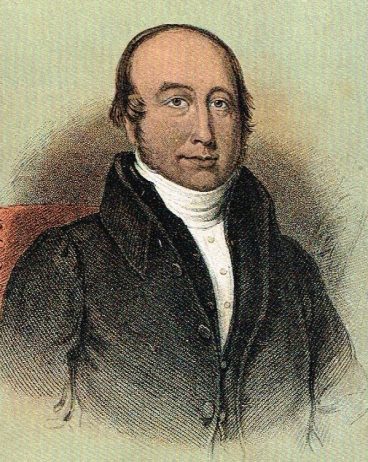
William Clowes
William Clowes (1780-1851)
After his conversion on January 20, 1805, the 25-year-old William Clowes began leading a prayer meeting in his house, as well as leading a Wesleyan Methodist class.
Clowes was one of the attendees at the Mow Cop camp meeting, and eventually became a local preacher with the Wesleyan Methodists, but due to his association with Bourne, and helping organize camp meetings, he was expelled from the Wesleyan society in 1810, and subsequently linked arms with the Primitive Methodists. Having an extremely charismatic personality, Clowes ultimately became one of the best-known preachers of the new society.
Extraordinary Prayer
Following Lorenzo Dow’s report of the success coming from American camp meetings, it was determined to have the first camp meeting on May 31st, at Mow Cop. No sooner was the decision made than they immediately began to pray for the effort’s success. They prayed specifically and continuously:
► For favorable weather
► For a large gathering
► For much divine influence
► For great spiritual results
What Happened
Following the inspiration Bourne and others received from Lorenzo Dow, they aggressively promoted the camp meeting at Mow Cop.
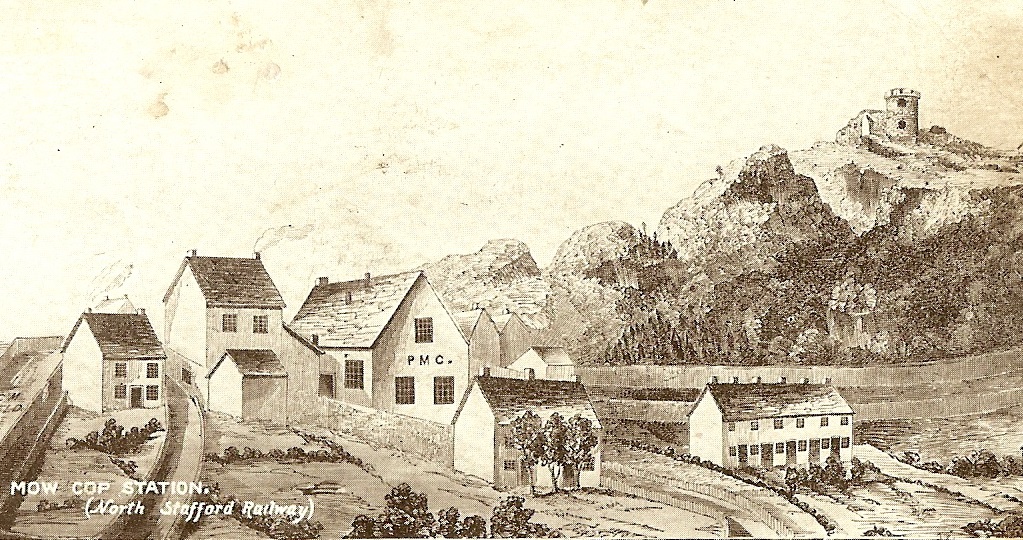
1807 Drawing of Mow Cop, with the “castle” at the top right
Sequence of Events at the Camp Meeting
► At 6 a.m. the service started.
► A flag was erected on the hill, to serve as a guide for strangers to find the location.
► Volunteers exhorted, led hymns, prayed, preached, and testified as they saw fit.
► The size of the group assembled kept growing, and when too many people were present to hear the sermon, a second preaching stand was set up.
► Preaching continued nonstop till noon, and it was then that a third preaching stand was set up, and then a fourth.
► Preaching was taking place simultaneously at the different stands, and all the ministers seemed to be filled with an extraordinary unction from the Holy Spirit. Tears were flowing from sinners as they trembled due to conviction of their sins.
► A group near the first stand were wrestling in prayer alongside new converts.
► All of this activity continued till 4 p.m. and, as some left to return home and the crowds diminished, by 6 p.m. they had all moved to one preaching stand.
► At 7 p.m. the work began among children, six of whom were converted before the meeting closed.
► At half past eight this extraordinary meeting closed, with many saying: “We have seen strange things to-day.”
Results of the Revival
► Estimates of those present ranged between 2,000-4,000.
► Many conversions took place that day.
► Some said that more good had been done at that one meeting than at all the preaching services in the locality during the preceding twelve months.
► It was such a successful event that another camp meeting was planned for the same location on July 18, 1807.
► A tremendous new surge of enthusiasm and zeal filled every person.
► Though there was opposition from the Wesleyan Methodists, the second camp meeting on July 18, 1807, had similar results as the first. Camp meetings then began to be conducted throughout the region, with all of them experiencing extraordinary results, and this work continued many years into the future.
► In 1829, a group of missionaries from England arrived in America to minister to English and Welsh immigrants living in the industrial and mining areas. Their ministries thrived and their churches grew. On September 16, 1840, the “American Primitive Methodist Church” was established.
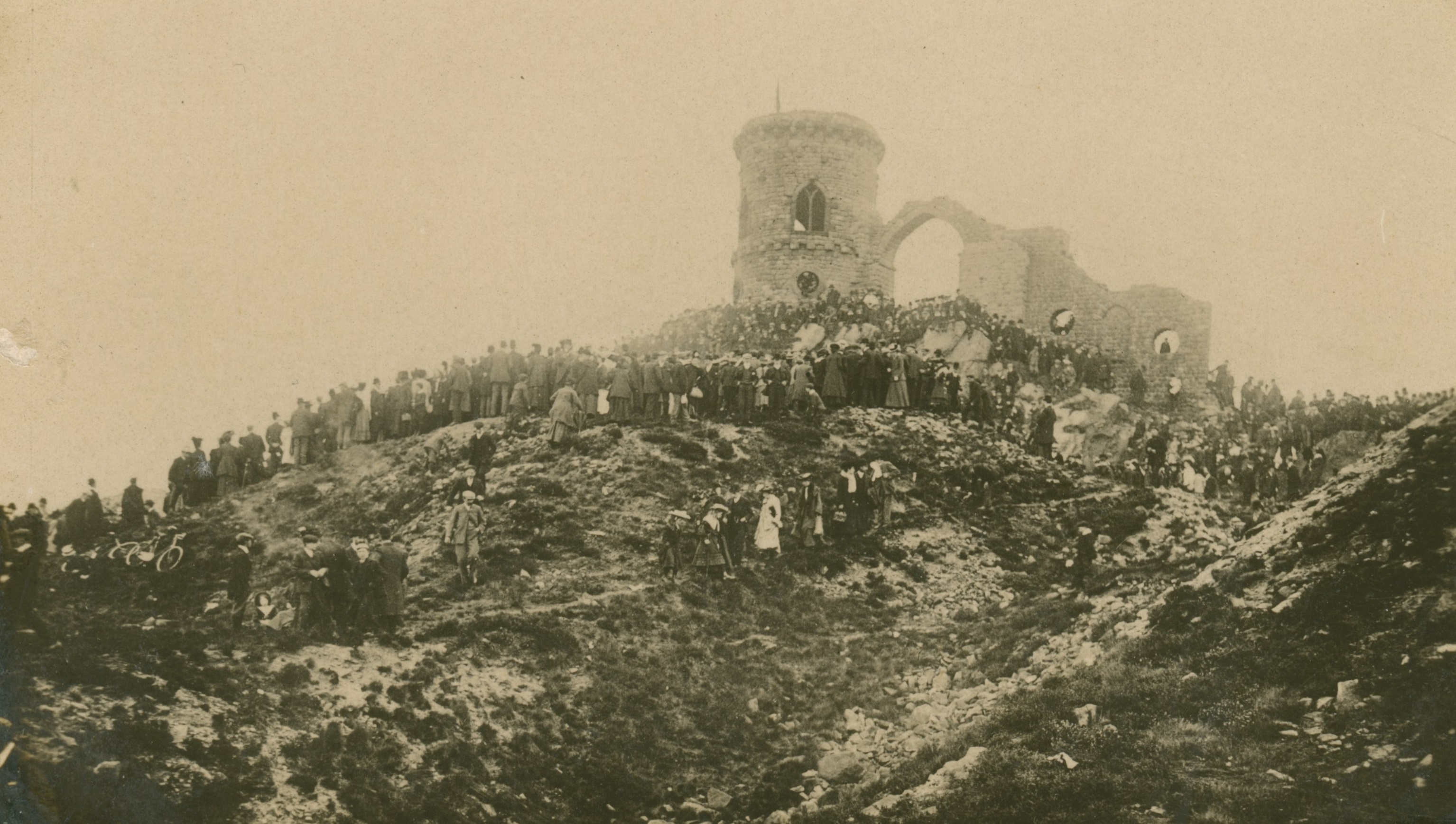
Centenary Celebration at Mow Cop
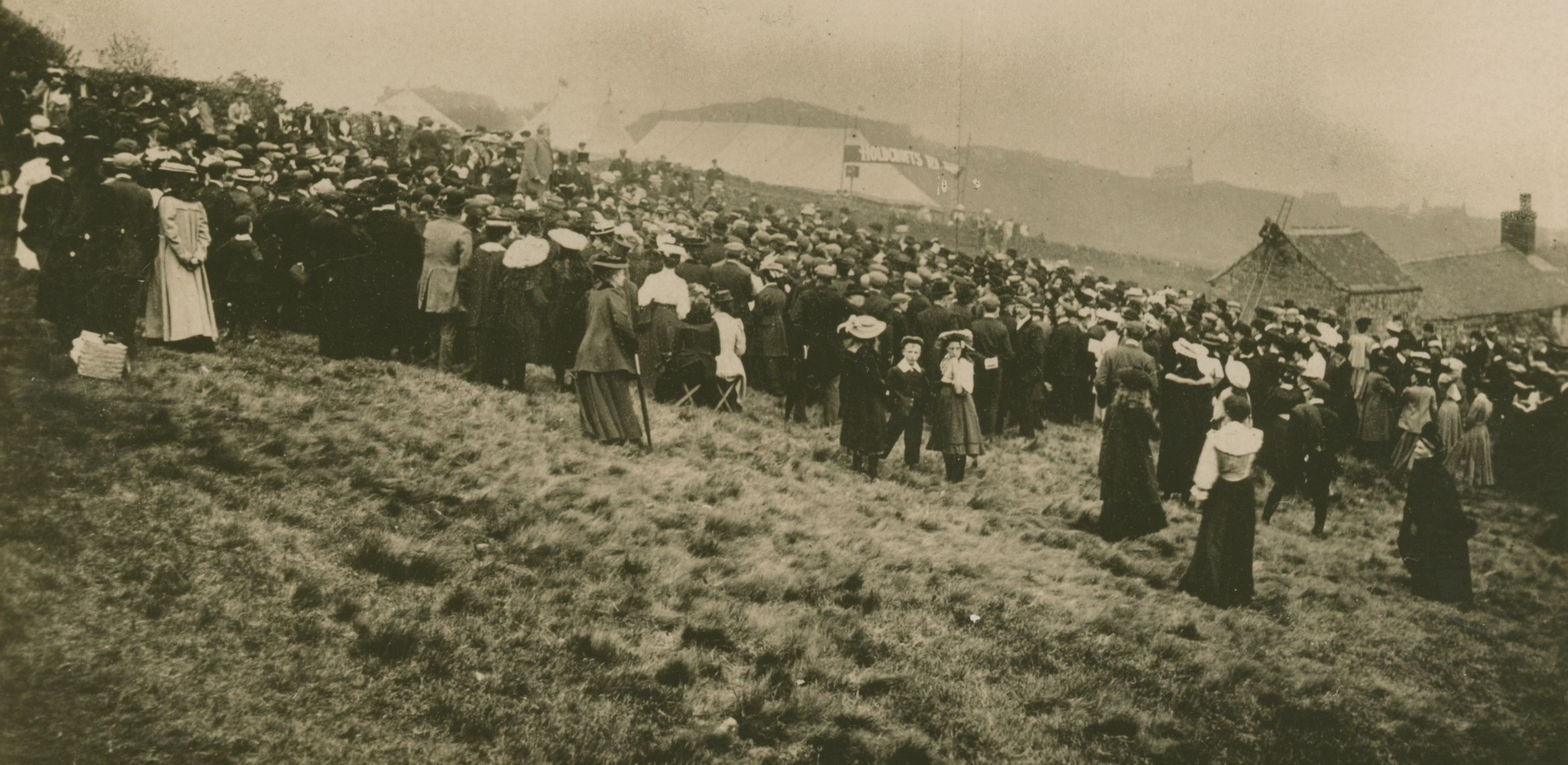
Preaching Stand #1 at the Centenary Celebration
100-Year Celebration
In 1907 the Primitive Methodists celebrated their 100-year existence with a camp meeting at Mow Cop.
► The dates were Saturday, May 25 – Monday, May 27, 1907.
► There was all-day-long singing, praying, preaching (with almost no intermission).
► On Sunday morning, May 26, bands marched in from neighboring towns.
► The number of people present was estimated at between 60,000-100,000.
► Over 80 speakers were invited.
► Four different platforms were set up from which preaching was conducted, as well as two tents.
► When the crowds were too large, and not able to get close enough to hear the minister, impromptu meetings emerged throughout the area.
► Love Feasts were conducted, which was a combination of a meal and the Lord’s Supper.
► Following the Centenary, hundreds of villages and towns throughout the United Kingdom had similar Centenary Camp Meetings.
► The centenary was said to have reanimated the old evangelistic fire.
The Camp Meeting returned again to Mow Cop in 1910, as part of the yearly conference, with events and meetings held throughout the country.

Preaching Stand #3 at the 1910 Celebration
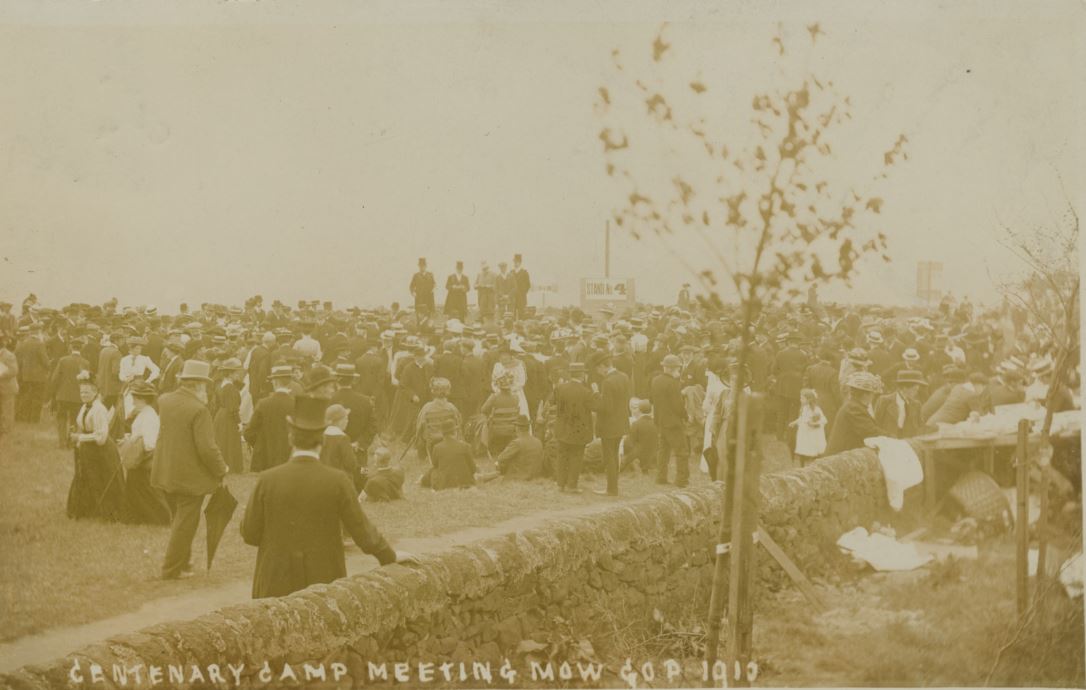
Preaching Stand #4 at the 1910 Celebration
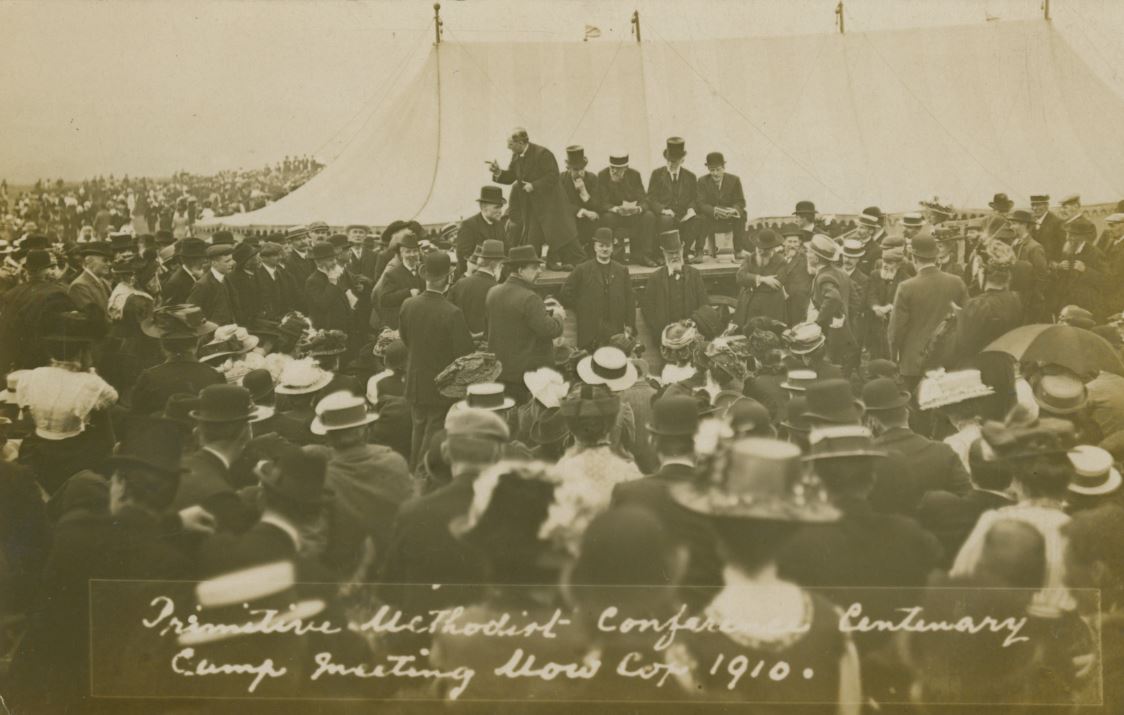
Another Preaching Stand at the 1910 Celebration
The next large camp meeting recorded at Mow Cop was the 150th anniversary where attendance was estimated to be around 5,000. It was just before this meeting that the memorial stone (pictured below) was placed in front of the castle.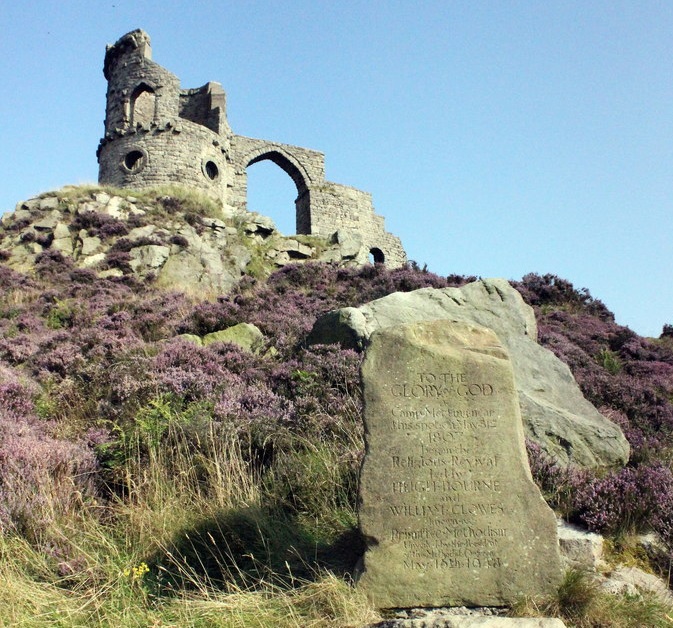
Mow Cop Castle and Commemorative Stone
The inscription on the stone reads:
TO THE GLORY OF GOD
a Camp Meeting near
this spot on May 31st 1807
began the Religious Revival
led by Hugh Bourne and William Clowes
known as Primitive Methodism
Unveiled by the President of the
Methodist Conference May 13th 1948
The Demon Possession of Jenny Hall
There is an interesting account of demonization recorded by William Clowes. That account can be read on pages 77-79 in The Journal of William Clowes. Another account of demonization that was dealt with by the Primitive Methodists can be read on page 27 of Praying Johnny.
We have added these links as we have dealt with similar situations for over 40 years, and continue up to this date in time. See our video “Why the Silence” as we address why ministry to the demonized has been largely ignored today.
Sources
► Centenary Camp Meeting by Thomas Graham
► Hugh Bourne by Wikipedia
► John Oxtoby by Wikipedia
► Lorenzo Dow by Wikipedia
► “Praying Johnny” or the Life and Labours of John Oxtoby by Harvey Leigh
► The Dealings of God, Man, and the Devil by Lorenzo Dow
► The Journals of William Clowes by William Clowes
► The Life of the Venerable Hugh Bourne by Jesse Ashworth
► The Primitive Methodist Connexion by Julia Stewart Werner
► Vicissitudes in the Wilderness by Peggy Dow
► Vicissitudes; Journal of Peggy Dow by Lorenzo Dow
► Vicissitudes or the Journey of Life by Peggy Dow
► Video Showing Mow Cop by Kingdom Heritage Productions
► Video of Mow Cop by Jimmy Hamilton
Return to List of Revival Stories
Chet & Phyllis Swearingen
(260) 920-8248
romans1015@outlook.com
Beautiful Feet
P.O. Box 915
Auburn, IN 46706

